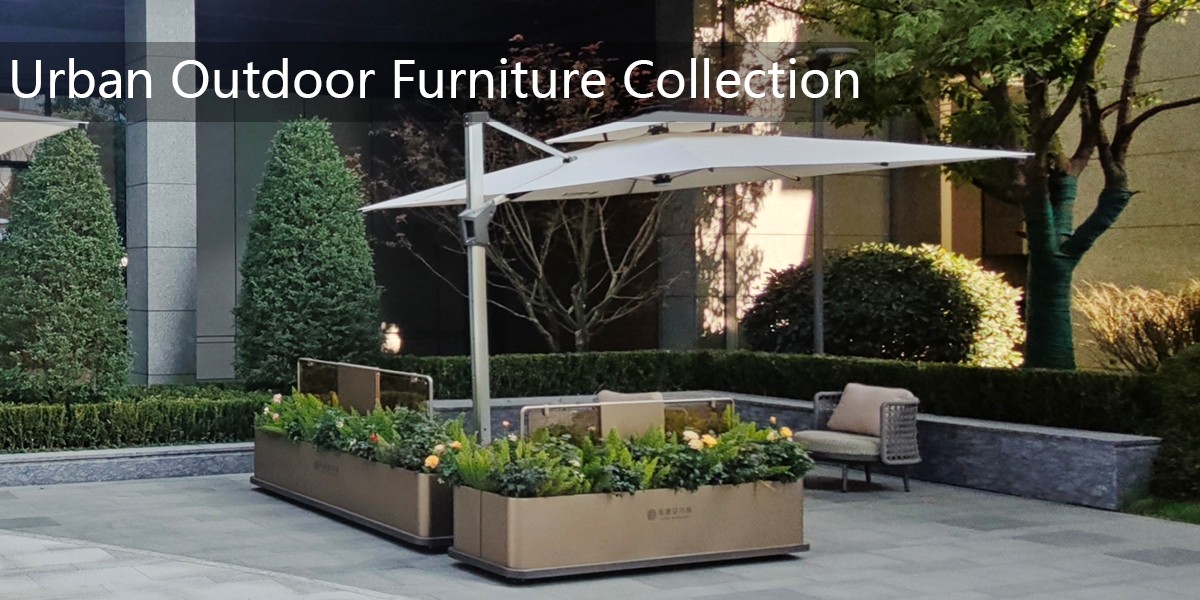Outdoor sculptures have evolved beyond static visual art, increasingly incorporating sound elements to create dynamic, multisensory experiences. Artists achieve this through innovative techniques like wind-activated chimes, kinetic components that produce rhythmic tones, or embedded digital soundscapes triggered by motion sensors. Materials such as hollow metal, resonant wood, or tuned ceramics are carefully selected to amplify natural acoustics. Some installations even invite audience participation, transforming viewers into co-creators of the soundscape. These sonic sculptures often respond to environmental factors – wind speed, rainfall, or human interaction – making each encounter unique. By merging sculpture with sound, artists redefine public spaces as living artworks that engage communities through ever-changing auditory dimensions. The integration of technology allows for more complex interactions, with some sculptures using AI to generate adaptive sound compositions based on real-time inputs. This fusion of art and acoustics not only enhances aesthetic appeal but also deepens the connection between artwork, environment, and observer.
How do outdoor sculptures incorporate sound elements?
2025-05-08 Visits: Abstract: Discover how outdoor sculptures creatively integrate sound elements to enhance public spaces, blending art, technology, and interactivity for immersive experiences.
Search Tags:


